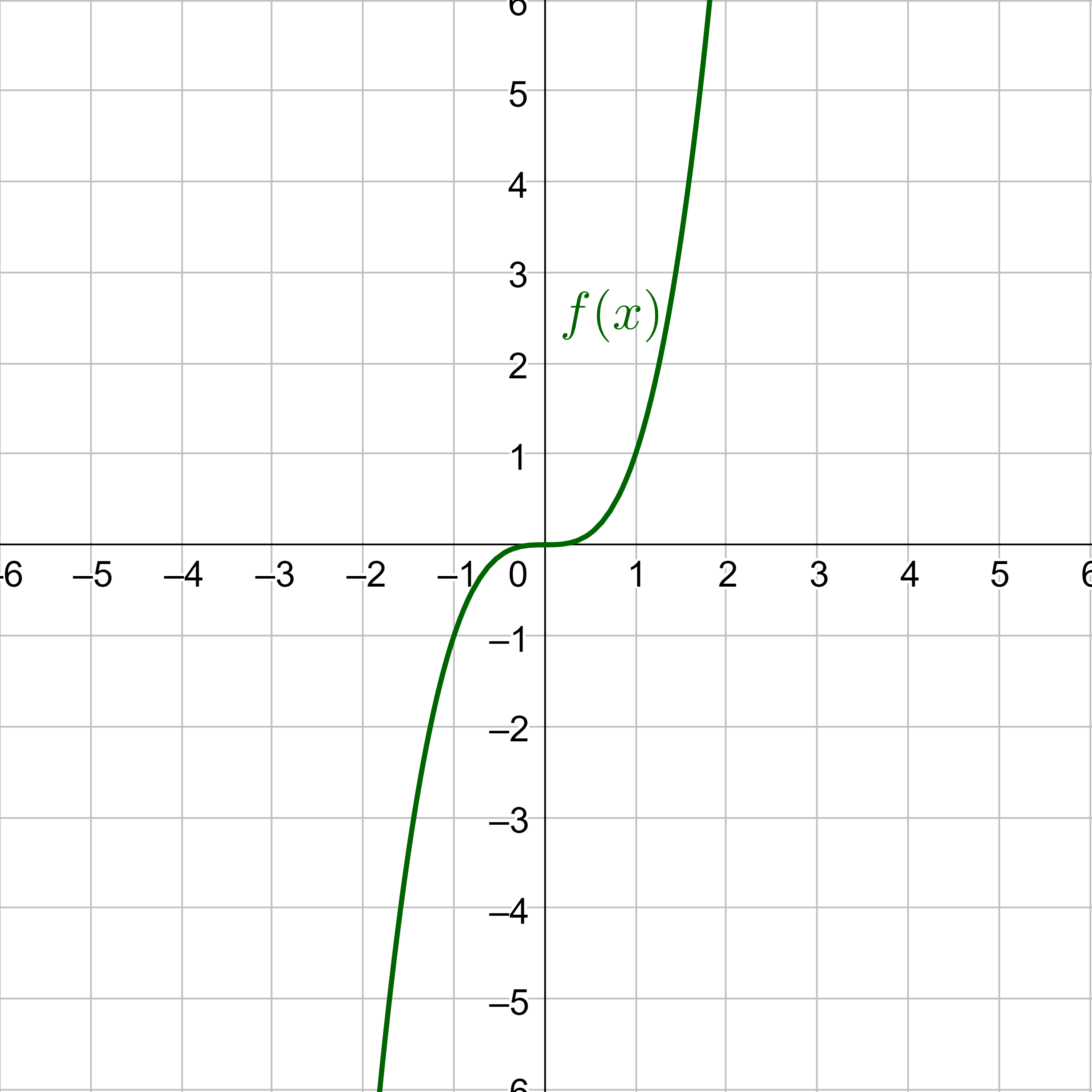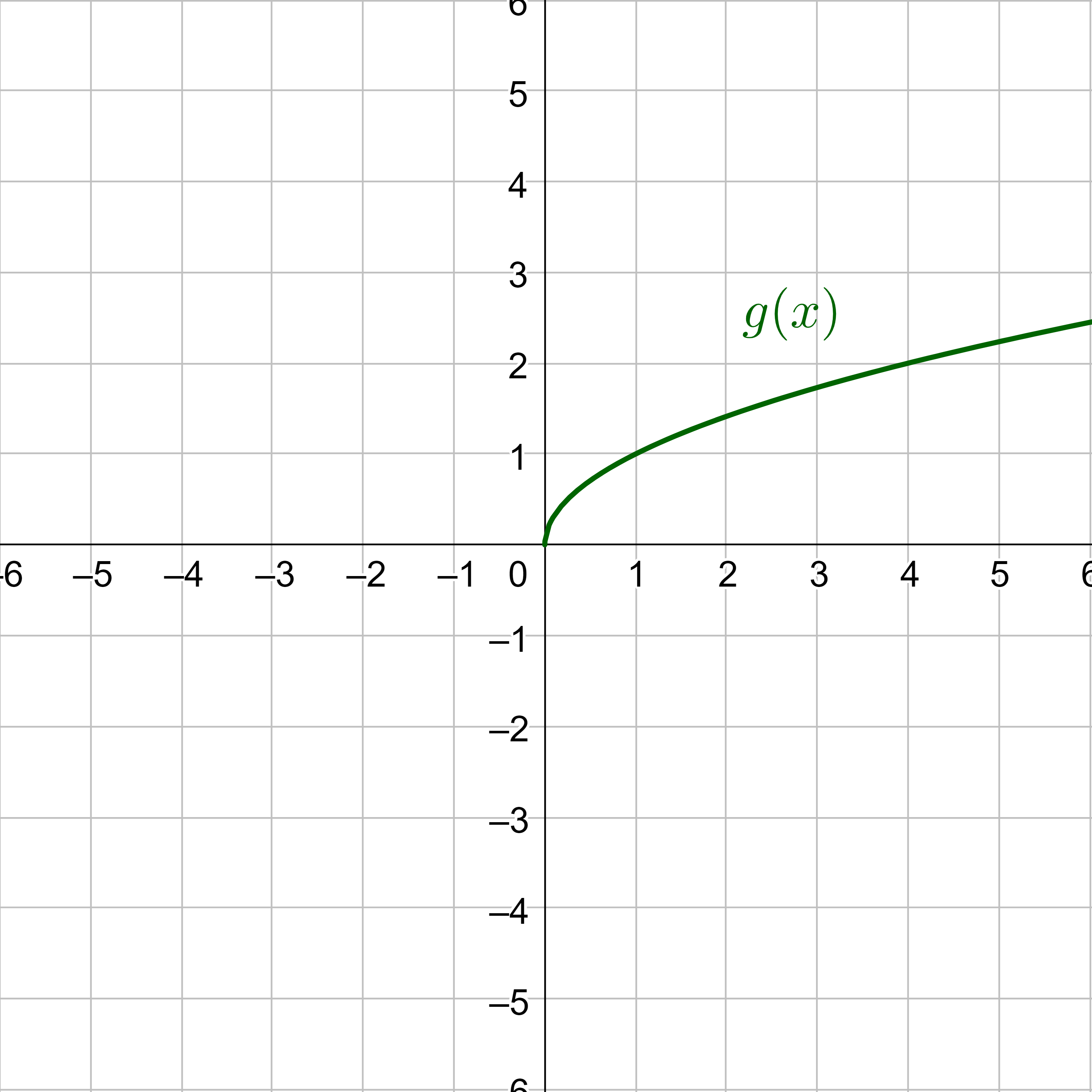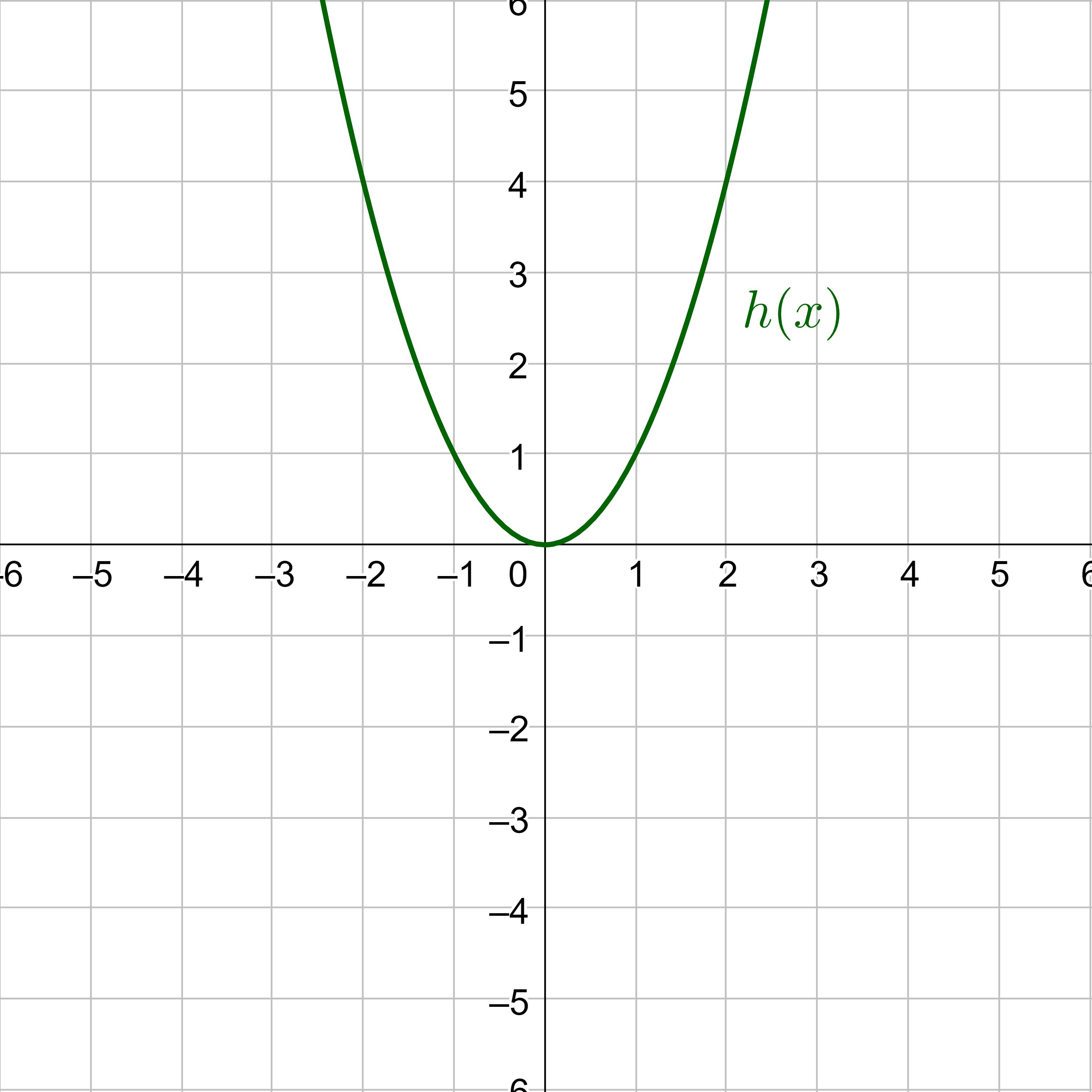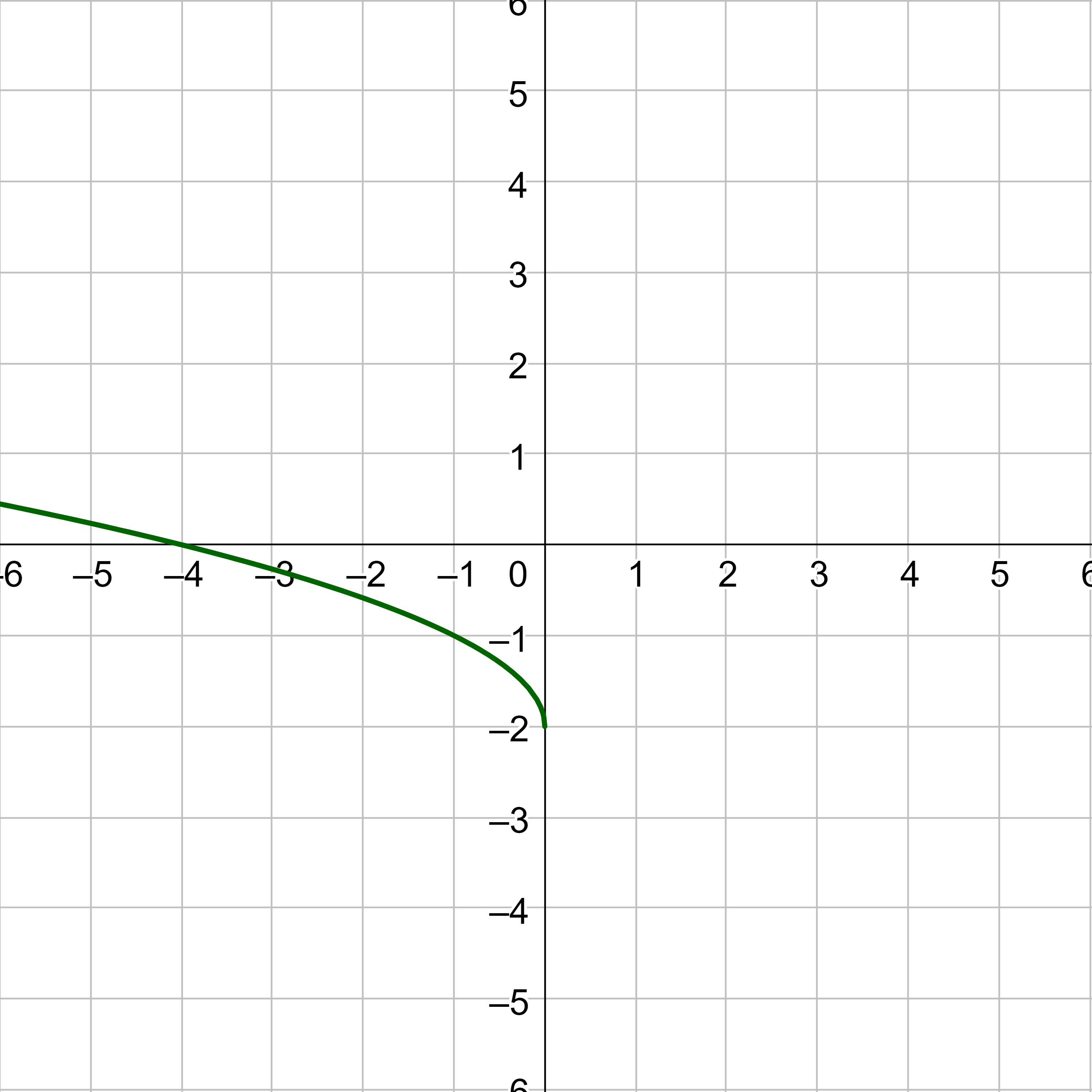Precalculus by Richard Wright
Precalculus by Richard Wright
If we confess our sins, he is faithful and just and will forgive us our sins and purify us from all unrighteousness. 1 John 1:9 NIV
Summary: In this section, you will:
SDA NAD Content Standards (2018): PC.6.4

Imagine you are outside as a thunderstorm approaches. You see a lightning strike and hear the thunder. Because you have taken important classes in school, you know that you see the lightning almost instantaneously because light travels so fast. However, the sound of the thunder is much slower. By timing the interval between the lightning and thunder, you know you can calculate your distance from the storm. You know that the speed of sound in air is a function of the temperature \(v(T) = 331\sqrt{\frac{T}{273}}\), but that temperature must be in Kelvin. Unfortunately, your only know the temperature in degrees Fahrenheit, but you do know that Kelvin are a function of degrees Celsius (K(C) = C + 273) and degrees Celsius are a function of degrees Fahrenheit (\(C(F) = \frac{5}{9}(F - 32)\)). However, it might be nice to have one combined formula instead of three separate formulas. This lesson goes over ways to combine functions.
One way to combine functions is using algebraic operations such as addition, subtraction, multiplication, or division. When combining functions this way, the function outputs are combined. Thus, when adding function outputs, just add the entire functions together. The same for the other operations.
If two functions f(x) and g(x), then
If f(x) = x2 − 1 and g(x) = x + 1, find (a) f + g (b) f − g (c) f·g (d) \(\frac{f}{g}\).
Solution
Add the functions.
f + g = (x2 − 1) + (x + 1)
= x2 + x
Subtract the functions.
f − g = (x2 − 1) − (x + 1)
= x2 − x − 2
Multiply the functions.
f·g = (x2 − 1)(x + 1)
= x3 + x2 − x − 1
Divide the functions. To simplify, factoring might be useful.
$$ \frac{f}{g} = \frac{x^2 - 1}{x + 1} $$
$$ = \frac{(x - 1)(x + 1)}{x + 1} $$
= x − 1
If f(x) = x2 − 1 and g(x) = x3, find (a) f + g (b) f·g.
Answer
(f + g)(x) = x3 + x2 − 1; (f·g)(x) = x5 − x3
There is another way of combining functions other than using algebraic operations. One way is to use substitution. Combining function using substitution is called composition. The new function created by a composition is called a composite function. Compositions are written as
(f ∘ g)(x) = f(g(x))
This is read "f composed with g at x equals f of g of x."
Mathematically, the output of the second function, g, becomes the input of the first function, f. In other words, the second, or inner, function is substituted for the variable in the first, or outer, function. For f(g(x)), the function g is substituted for the variable in f. The order is important because usually, (f ∘ g)(x) ≠ (g ∘ f)(x).
Note that the range of the inside function needs to be within the domain of the outside function. Less formally, the composition has to make sense in terms of inputs and outputs.
(f ∘ g)(x) = f(g(x))
Function g is substituted for the variable in function f.
The domain of the composite function f ∘ g is all x such that x is in the domain of g and g(x) is in the domain of f.
If f(x) = x + 1 and g(x) = x2, find f(g(x)) and g(f(x)). Is the composition of the functions commutative?
Solution
For f(g(x)), start by substituting, g(x) into f(x).
f(x) = x + 1
f(g(x)) = (x2) + 1
= x2 + 1
For g(f(x)), start by substituting, g(x) into f(x).
g(x) = x2
g(f(x)) = (x + 1)2
= x2 + 2x + 1
Because f(g(x)) ≠ g(f(x)) the operation of function composition is not commutative.
If f(x) = x − 1 and g(x) = 3x, find (f ∘ g)(x).
Answer
(f ∘ g)(x) = 3x − 1
The function c(s) gives the number of calories burned completing s sit-ups, and s(t) gives the number of sit-ups a person can complete in t minutes. Interpret c(s(3)).
Solution
The inside expression in the composition is s(3). Because the input to the s-function is time, t = 3 represents 3 minutes, and s(3) is the number of sit-ups completed in 3 minutes.
Using s(3) as the input to the function c(s) gives us the number of calories burned during the number of sit-ups that can be completed in 3 minutes, or simply the number of calories burned in 3 minutes by doing sit-ups.
Let d(t) represent the miles that can be driven in t hours and g(y) gives the gallons of gas used in driving y miles. Which of these expressions is meaningful: d(g(y)) or g(d(t))?
Solution
The function d(t) is a function whose output is the number of miles driven corresponding to the number of hours driven.
number of miles = d(number of hours)
The function g(y) is a function whose output is the number of gallons used corresponding to the number of miles driven.
number of gallons = g(number of miles)
The expression g(y) takes miles as the input and the number of gallons as the output. The function d(t) requires the number of hours as the input. Trying to input the number of gallons does not make sense. The expression d(g(y)) is meaningless.
The expression d(t) takes hours as input and the number of miles driven as the output. The function g(y) requires the number of miles as the input. Using d(t)(miles driven) as an input value for g(y), where gallons of gas depends on miles driven, does make sense. The expression g(d(t)) makes sense and will yield the number of gallons of gas used, g, driving a certain number of miles, d(t), in x hours.
Given f(t) = t2 − t and h(x) = 2x, evaluate f(h(1)).
Solution
This is the composition f ∘ h. Substitute h into f.
f(h(x)) = (2x)2 − (2x)
= 4x2 − 2x
Now substitute in the 1.
f(h(1)) = 4(1)2 − 2(1)
= 2
Given f(x) = x2 − x and g(x) = x + 2, evaluate
Answer
4; 14
The domain of f(g(x)), the domain both on the domain of f and g. Working from the outside in, the domain of f is the outputs of g(x). Thus, only values of x that produce outputs of g(x) that are in the domain of f(x) can be used. So, to find the domain of f(g(x)), start by finding the domain of f. Then find the values of x such that g(x) produces the domain of f.
The domain of a composite function f(g(x)) is the set of those inputs x in the domain of g for which g(x) is in the domain of f.
Given a function composition f(g(x))
Find the domain of (f ∘ g)(x) where \(f(x) = \frac{5}{x-1}\) and \(g(x) = \frac{4}{3x-2}\).
Solution
Start by finding the domain of the outer function, f. It will be easier to understand if we substitute g(x) into f.
$$ f(g(x)) = \frac{5}{g(x) - 1} $$
This is a rational function, so the denominator cannot equal zero.
g(x) − 1 ≠ 0
g(x) ≠ 1
Domain of f is g(x) ≠ 1.
That means that the range of g cannot equal 1. So set g ≠ 1 and solve for x.
$$ g(x) = \frac{4}{3x-2} ≠ 1 $$
4 ≠ 3x − 2
6 ≠ 3x
2 ≠ x
Now find the domain of \(g(x) = \frac{4}{3x-2}\). Because it is also rational, the denominator cannot equal 0.
3x − 2 ≠ 0
3x ≠ 2
$$ x ≠ \frac{2}{3} $$
The domain of the composite function (f ∘ g)(x) is all real number except \(\frac{2}{3}\) and 2. Written in interval notation, it is
$$ \left(-∞, \frac{2}{3}\right) ∪ \left(\frac{2}{3}, 2\right) ∪ \left(2, ∞\right) $$
Find the domain of (f ∘ g)(x) where \(f(x) = \frac{1}{x-2}\) and \(g(x) = \sqrt{x+4}\)
Answer
[−4, 0) ∪ (0, ∞)
Sometimes, it might be necessary to decompose, or split apart, a complicated function. One way to do that is to write the function as a composition of two simpler functions. There may be more than one way to decompose a function, so choose the decomposition that seems to be the most expedient. Look for two functions g and h such that f(x) = g(h(x)).
Identify two functions g and h such that f(x) = g(h(x)).
Write \(f(x) = \frac{1}{2x^2 + 1}\) as a composition of two functions.
Solution
A composition is when one function is substituted into another function, so look for a function inside the bigger function. Notice the function is similar to a reciprocal function \(f(x) = \frac{1}{x}\), but with the 2x2 + 1 in place of the x. These would be good candidates for the answer.
The outer function is \(g(x) = \frac{1}{x}\) and the inner function is \(h(x) = 2x^2 + 1\).
Write \(f(x) = \sqrt{\frac{1}{x}}\) as the composition of two functions.
Answer
Sample answer: \(g(x) = \sqrt{x}\) and \(h(x) = \frac{1}{x}\)
If two functions f(x) and g(x), then
(f ∘ g)(x) = f(g(x))
Function g is substituted for the variable in function f.
The domain of a composite function f(g(x)) is the set of those inputs x in the domain of g for which g(x) is in the domain of f.
Given a function composition f(g(x))
Identify two functions g and h such that f(x) = g(h(x)).
Helpful videos about this lesson.



